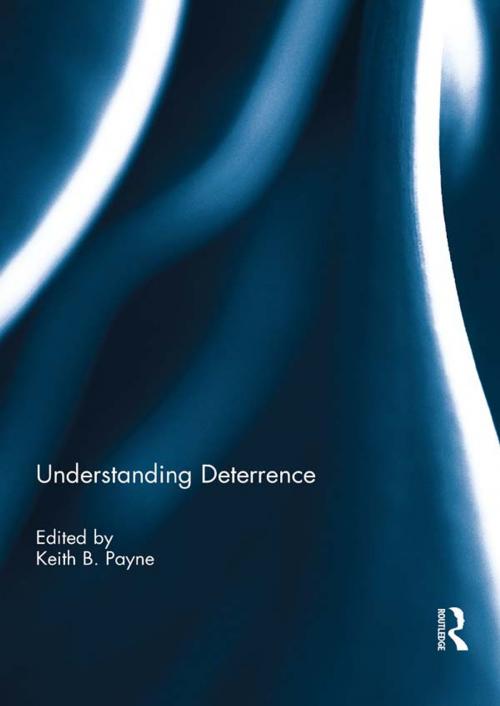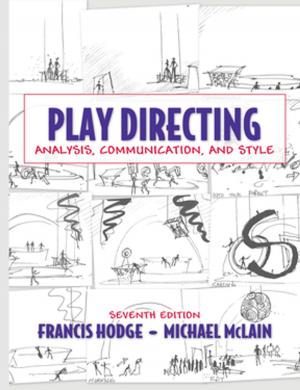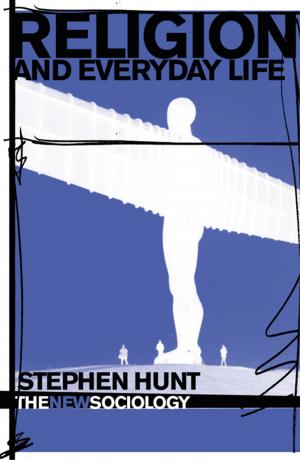Understanding Deterrence
Nonfiction, Social & Cultural Studies, Political Science, International, International Security, History, Military| Author: | ISBN: | 9781317980292 | |
| Publisher: | Taylor and Francis | Publication: | June 11, 2014 |
| Imprint: | Routledge | Language: | English |
| Author: | |
| ISBN: | 9781317980292 |
| Publisher: | Taylor and Francis |
| Publication: | June 11, 2014 |
| Imprint: | Routledge |
| Language: | English |
For decades, the rational actor model served as the preferred guide for U.S. deterrence policy. It has been a convenient and comforting guide because it requires little detailed knowledge of an opponent’s unique decision-making process and yet typically provides confident generalizations about how deterrence works. The model tends to postulate common decision-making parameters across the globe to reach generalizations about how deterrence will function and the types of forces that will be "stabilizing" or "destabilizing." Yet a broad spectrum of unique factors can influence an opponent’s perceptions and his calculations, and these are not easily captured by the rational actor model. The absence of uniformity means there can be very few deterrence generalizations generated by the use of the rational actor model that are applicable to the entire range of opponents.
Understanding Deterrence considers how factors such as psychology, history, religion, ideology, geography, political structure, culture, proliferation and geopolitics can shape a leadership’s decision-making process, in ways that are specific and unique to each opponent. Understanding Deterrence demonstrates how using a multidisciplinary approach to deterrence analysis can better identify and assess factors that influence an opponent’s decision-making process. This identification and assessment process can facilitate the tailoring of deterrence strategies to specific purposes and result in a higher likelihood of success than strategies guided by the generalizations about opponent decision-making typically contained in the rational actor model.
This book was published as a special issue of Comparative Strategy.
For decades, the rational actor model served as the preferred guide for U.S. deterrence policy. It has been a convenient and comforting guide because it requires little detailed knowledge of an opponent’s unique decision-making process and yet typically provides confident generalizations about how deterrence works. The model tends to postulate common decision-making parameters across the globe to reach generalizations about how deterrence will function and the types of forces that will be "stabilizing" or "destabilizing." Yet a broad spectrum of unique factors can influence an opponent’s perceptions and his calculations, and these are not easily captured by the rational actor model. The absence of uniformity means there can be very few deterrence generalizations generated by the use of the rational actor model that are applicable to the entire range of opponents.
Understanding Deterrence considers how factors such as psychology, history, religion, ideology, geography, political structure, culture, proliferation and geopolitics can shape a leadership’s decision-making process, in ways that are specific and unique to each opponent. Understanding Deterrence demonstrates how using a multidisciplinary approach to deterrence analysis can better identify and assess factors that influence an opponent’s decision-making process. This identification and assessment process can facilitate the tailoring of deterrence strategies to specific purposes and result in a higher likelihood of success than strategies guided by the generalizations about opponent decision-making typically contained in the rational actor model.
This book was published as a special issue of Comparative Strategy.















